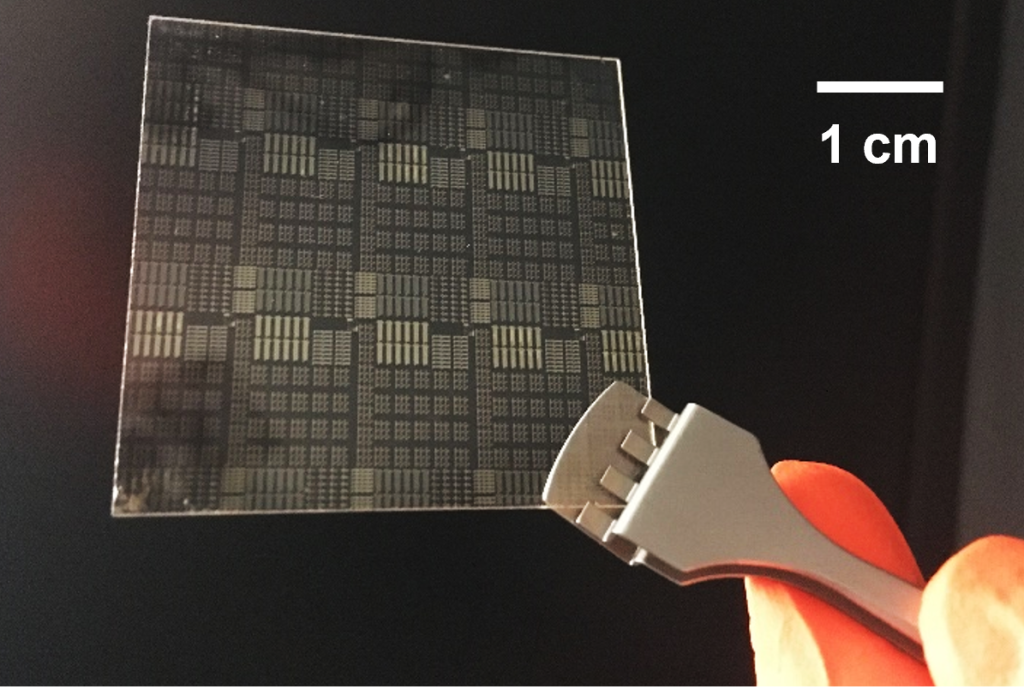Quantum ‘jellybeans’, a 3D-printed pneumatic gripper, a source-gated transistor, green hydrogen: here are some of the latest innovations in global engineering.
Source-gated transistor

Researchers at the UK’s University of Surrey have developed technology that could see the creation of new low-cost, energy-efficient and flexible displays.
The advance concerns source-gated transistors — special devices that use less power than traditional transistors while producing high-signal amplification and are reliable under different conditions.
Source-gated transistors consist of a thin-film transistor with a metal-semiconductor contact, but have encountered problems maintaining heat stability.
“We used a rapidly emerging semiconductor material called IGZO or indium-gallium-zinc oxide to create the next generation of source-gated transistors,” Dr Radu Sporea said.
“Through nanoscale contact engineering, we obtained transistors that are much more stable with temperature than previous attempts. Device simulations allowed us to understand this effect.”
More effective source-gated transistors could be useful in medicine and computing, and are suitable for large-area electronics.
Quantum ‘jellybean’
Engineers at the University of New South Wales working on quantum computing have developed a way to keep qubits — units of quantum information — far enough apart so that they can be integrated into silicon chips with enough space for wires to run between them.
Quantum computers arrange electrons into a series of ‘quantum gates’ that represent binary values; two-qubit gates implement quantum algorithms with electron pairs in which one particle is dependent on the state of the other. This requires them to be placed just 10s of nanometres apart, and the jellybean configuration keeps the particles close to one another, but not too close.
While the concept has been used before, this is the first time it has been demonstrated with silicon.
“It’s only when you go to larger numbers of electrons, say 15 or 20 electrons, that the jellybean becomes more continuous and homogeneous,” PhD student Zeheng Wang said. “That’s where you have your well-defined spin and quantum states that you can use to couple qubits to another.”
Green hydrogen
New efficiencies in generating hydrogen from solar energy have been achieved at the US’s Rice University via a new photoreactor that brings electrocatalysts together with halide perovskite semiconductors.
Using an anti-corrosion barrier to insulate the device’s semiconductor from water, the team was able to convert solar energy to hydrogen with a 20.8 per cent efficiency.
“All devices of this type produce green hydrogen using only sunlight and water, but ours is exceptional because it has record-breaking efficiency and it uses a semiconductor that is very cheap,” Rice University doctoral student Austin Fehr said.
“We designed a system that absorbs light and completes electrochemical water-splitting chemistry on its surface.”
The team’s breakthrough came when it produced a barrier with two layers: one to protect the semiconductors in water and another to facilitate a continued flow of electrons.
Pneumatic gripper
Roboticists at the University of California San Diego have devised a soft gripper that is 3D-printed and can be operated without electricity.
Able to pick up, hold and release objects, the tool can be mounted onto a robotic arm and operates via power from a bottle of high-pressure gas.
“We designed functions so that a series of valves would allow the gripper to both grip on contact and release at the right time,” postdoctoral researcher Yichen Zhai said. “It’s the first time such a gripper can both grip and release. All you have to do is turn the gripper horizontally. This triggers a change in the airflow in the valves, making the two fingers of the gripper release.”
The team produced an extra-soft gripper by developing a 3D-printing method that traces a continuous path and produces the device in a single extrusion, preventing the leaks and defects that contribute to the material’s stiffness.